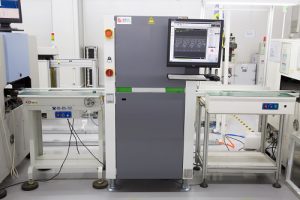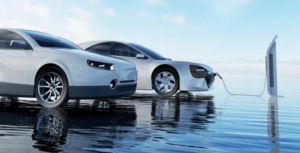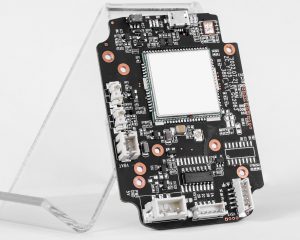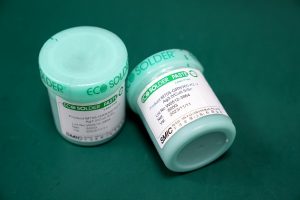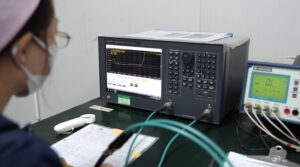In the field of electronic technology, PCBA (Printed Circuit Board Assembly) plays a vital role as a core component of electronic products. The various components on the PCBA are like precise components, which together build an efficient and stable electronic system. Among them, common components include resistors, capacitors, inductors, diodes, transistors, etc., each of which plays a unique function.
What is PCBA components?
PCBA is the assembly of printed circuit boards (PCBs), which is the abbreviation of Printed Circuit Board Assembly. ‚ÄĆIt refers to the process of installing and connecting components on printed circuit boards, including soldering electronic components to circuit boards through surface mounting technology (SMT) or through-hole mounting technology (DIP) to form electronic assemblies with specific functions.
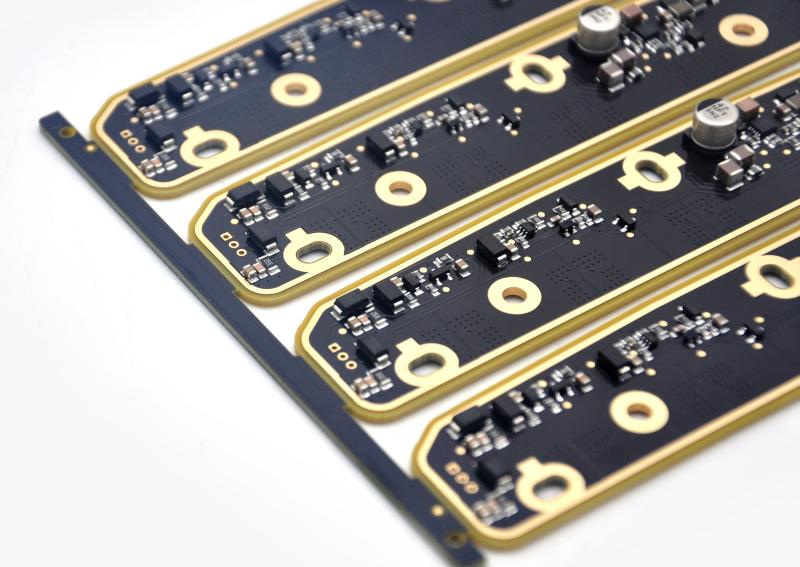
Each PCBA is essentially a finished circuit board with all the necessary electronic components installed on it. These components work together to ensure that the device operates as expected. The exact combination of components depends on the requirements of the device. However, there are some common components on most PCBA assemblies.
PCBA is a key component in electronic devices and is widely used in various electronic devices and systems, such as home appliances, 3C digital products, network communication equipment, automotive electronics, military research and other fields.
In general, PCBA is a core component in electronic devices. It realizes the electrical connection and mechanical support of various components in electronic devices by mounting electronic components on printed circuit boards, so that electronic devices can work properly.
What are PCBA made of?
PCBA consists of printed circuit boards (PCBs), electronic components and solder. ‚ÄĆ
- ‚ÄĆPrinted circuit board (PCB): It is the core part of PCBA, made of insulating materials and has conductive traces and pads for connecting electronic components.
- ‚ÄĆElectronic components: It includes resistors, capacitors, transistors, integrated circuits and other components to provide circuit functions.
- ‚ÄĆSolder: The role of solder is to firmly fix electronic components on PCBs to ensure the correct connection of circuits and the reliability of components.
The production process of PCBA involves steps such as PCB design, manufacturing, component placement, soldering and testing to ensure that electronic devices can work properly.
What is common on a circuit board?
1. Capacitor
Capacitors are the most common components on circuit boards after resistors. Their main function is to store charge. Capacitors consist of two metal plates separated by a dielectric. The two plates store opposite charges. The dielectric is used to separate them.
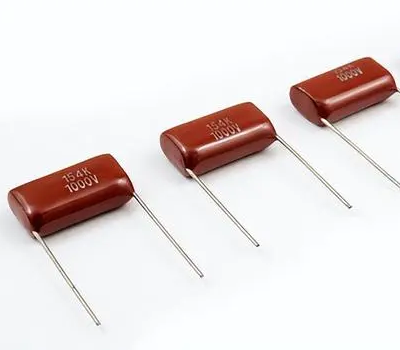
2. Resistors
Resistors are an indispensable component on circuit boards. They are mainly used to limit the flow of current and protect circuits. They actively dissipate or disperse electricity by converting electrical energy into internal energy, thereby reducing the current flowing through the circuit.
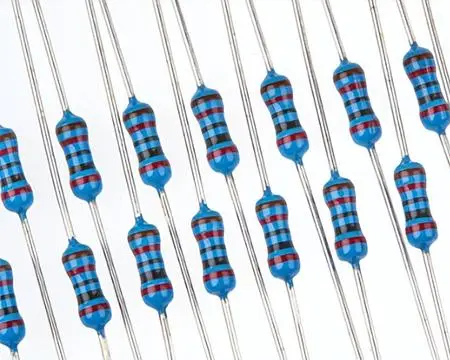
3. Potentiometers
Potentiometers are essentially more complex versions of simple resistors. The resistance value of a simple resistor is set, while the resistance value of a potentiometer can be changed as needed. It has three leads and consists of a resistor body and a movable brush. When the brush moves along the resistor body, the output end will obtain a resistance value or voltage that is related to the displacement.
4. Inductors
Inductors are one of the three members of passive linear components on circuit boards. The other two are capacitors and resistors. Inductors are also used to store energy, but they do so by creating a magnetic field, whereas capacitors store energy. Static electricity is used to generate energy.
An inductor is a component that converts electrical energy into magnetic energy and stores it. Its structure is similar to that of a transformer, but it has only one winding. Inductors primarily block changes in current, and when no current is flowing, a circuit is closed to block the flow of current; when current is flowing, a circuit is opened to try to maintain the current.
5. Diode
The diode is one of the most important components on a circuit board, and its main function is to limit the flow of current. Since current can flow from the positive terminal to the negative terminal and vice versa, but not both at the same time, the diode can achieve this by providing infinite resistance in one direction and zero resistance in the other direction.
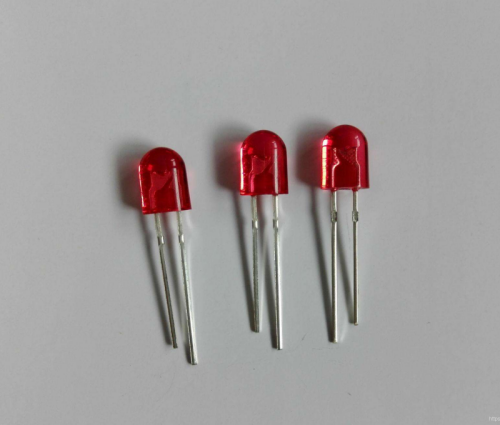
6. Transformer
The transformer is a key component in a circuit board to ensure that electrical energy is transferred efficiently. Its main function is to convert voltage, either stepping it up or stepping it down. A transformer consists of a soft iron core with at least two windings on it, the primary and secondary coils.
7. Transistor
Transistors are core components in modern electronics and are widely used in various electronic devices such as amplifiers, switches, and computers. There are two main types of transistors: bipolar and field effect transistors (FET). Bipolar transistors have three pins: collector, base, and emitter.
8. Integrated Circuits
Integrated circuits are an important part of circuit boards. They are made by shrinking certain circuits and electronic components and then embedding them in semiconductor films.
They make it possible to package a large number of electronic components into a single chip, realizing the functions of multiple electronic components on a small chip. Integrated circuits are widely used in electronic devices such as computers, mobile phones, and televisions, and are the brains of the entire PCB.
9. Switching elements
Switching elements play the role of controlling the on and off of current in circuit boards. Diodes are a commonly used switching element. When a forward voltage is applied, its resistance is very small, showing an on state, like a switched on switch; under the action of a reverse voltage, its resistance becomes very large, showing an off state, like a switched off switch.
10. Relays
Relays are important components on circuit boards and are divided into two types: normally open and normally closed. Electromagnetic relays work by using the suction force generated by the current in the input circuit between the electromagnet core and the armature.
11. Sensors
Sensors are circuit board components that can detect changes in the environment and provide signals reflecting the changes after identification. Sensors convert physical energy into electrical energy and are often called sensors because they send electrical signals to various components on the circuit board (because they can convert energy into another energy).
How to identify components on a circuit board?
The components on the circuit board can be mainly divided into two categories: passive components and active components. Passive components include resistors, capacitors, inductors, etc., which are mainly used to change the basic parameters of the circuit such as current, voltage and frequency.
Components on the circuit board usually have corresponding identification, which provides important information about the components, such as model, specification, manufacturer, etc. For passive components such as resistors, capacitors and inductors, their identification is usually printed directly on the component body, and their parameter values ‚Äč‚Äčare indicated by color rings or numbers.
What is the difference between PCB and PCBA?
1. About PCB
PCB is the abbreviation of printed circuit board. It is an important electronic component in the electronics industry, a support for electronic components, and a carrier for electrical connection of electronic components. PCB is widely used in the production and manufacturing of electronic products, and its characteristics are as follows:
- High wiring density, small size, light weight, conducive to miniaturization of electronic equipment.
- Reduces wiring and assembly errors, saving equipment maintenance, debugging and inspection time.
- Facilitates mechanized and automated production, improves productivity and reduces the cost of electronic equipment.
- The design can be standardized, which is conducive to interchangeability.
2. About PCBA
- PCBA is the entire process of SMT mounting on PCB blank board and then DIP plug-in.
- SMT mounting mainly uses mounting machines to mount some micro-small parts on PCB board.
- DIP means “plug-in”, which means inserting parts on PCB board. This is a plug-in form of integrated parts when some parts are large in size and not suitable for mounting technology.
- Both SMT and DIP are ways to integrate parts on PCB boards. The main difference is that SMT does not require drilling holes on the PCB, while DIP requires the pins of the parts to be inserted into the already drilled holes.
What does SMT mean in PCBA?
SMT in PCBA is the abbreviation of Surface Mount Technology. ‚ÄĆ
SMT is an electronic processing technology used to mount electronic components on the surface of a printed circuit board (PCBA substrate) to produce electronic products.
SMT technology is the most popular technology and process in the electronic assembly industry, which can achieve high-density, high-reliability, miniaturization, low-cost electronic product assembly and automate production.
As the development trend of electronic products is towards miniaturization and precision, traditional perforated plug-in components can no longer meet the demand. Therefore, SMT technology is widely used in the electronic processing industry and has become one of the most important assembly processes‚ÄĆ.
Conclusion:
In short, the common components on PCBA, with their respective characteristics and functions, jointly build a complex and efficient electronic system. Their synergistic effect ensures the stable operation and excellent performance of electronic products, and plays an irreplaceable and important role in modern technological life.


